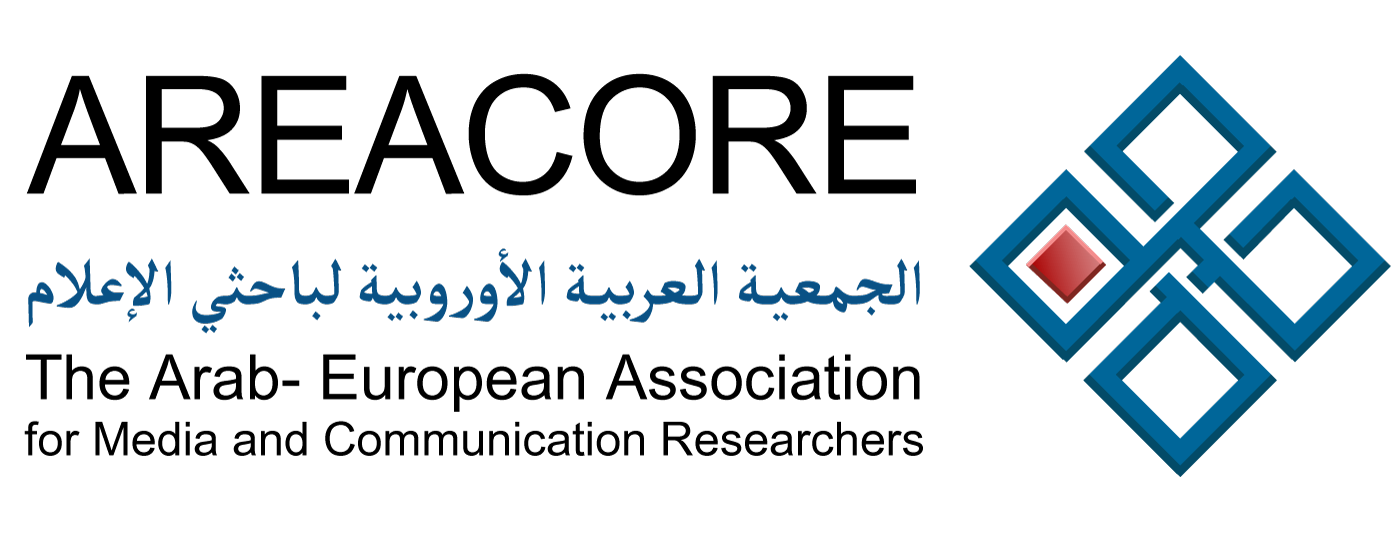Towards a New Classification of Arab Media-Government relationship
Mahmoud Galander, Qatar University
download pdf:
The media system predictor is a simple method for understanding and explaining the media-government relationship in the Arab World. Based on the elements provided in the panes of the model, one may now develop media systems that will explain better the situation in the Arab world, and that may provide a better scale for the evaluation of other relevant media systems, like those of Muslim countries. As shown in table 1, the systems adopted are labeled (1) the socially focused media system, (2) the modernist monarchies media system, (3) the modernist republics media system and (4) the socially liberal media system. The distinguishing features of each of the systems, which are derived from the interface of the socio-cultural and political elements of society, are explained in the table.
Table 1: Arab Media Systems Categories & Features
| Categories
Features |
The Socially Focused media system | The Modernist Monarchies Media System | The Modernist Republics Media system | The Socially Liberal
Media System |
| Socio-political | Strongly Collectivist/ Social structure dictates political structure/strong tribalism. | Mildly collectivist/ political structure is influenced by social structure/ tribalism present and dominant to some extent | Mildly collectivist/ political structure is less influenced and not dictated by the social structure / tribalism present but not dominant | Mildly collectivist/ Political structure is not influenced by the social structure/ tribalism is at its lowest/ |
| Religio-cultural | Predominantly Mono-religious
|
Slightly multi-religious, with more emphasis on Islam | Slightly multi-religious/ Islam and other religions equally emphasized. | Multi-religious |
| Communication strategy | control-oriented | Mostly control-oriented | Mostly control-oriented | Mostly development-oriented |
| Communication System | Active social networks of communication / Mass media supplement the networks
Media regulations and available/ media self-regulation is practiced |
Social networks more active in rural areas/ Modern media (mass and social media[1]) dominant in urban centers
Media regulations available/ punitive actions against the media are common. |
Social networks more active in rural areas/ Modern media (mass and social media) dominant in urban centers
Media regulations present/ punitive actions against media are common. |
Modern media (mass and social media) are dominant/ social networks less active/
Laws exist but are used against the media less frequently. |
| Media | Face-to-face styles (Majalis/ mosques) are active, along modern social media. Classic mass media (Radio/ TV/ newspapers) are least effective. | Social (new) media dominant along classic mass media. | Social (new) media most dominant. Classic media are active, but not dominant. | Social (new) media most dominant. Classic mass media are active, but not dominant. |
| Content | No criticism of ruler/ low-level criticism of officials/ focus on historical heritage and culture. | No criticism of ruler/ more criticism of non-royal family officials/ focus on heritage and culture. | No criticism of ruler. Criticism of all other levels/ focus on infotainment. | Criticism for all levels of authority/ Focus on infotainment. |
Based on the described distinguishing features of each of the four systems, and knowledge of the social, political and cultural characteristics of the Arab countries[2], we may now place the Arab countries into the four categories (Table 2). This new classification offers a more stable scheme, which places Arab countries based on the interaction of the socio-cultural tenets of society, thus avoiding the inaccurate and-sometimes faulty- interpretation of politics as the key constituent of media-government relationship in the region.
Table 2. Classification of Arab Media Systems
| The Socially Focused media system | The Modernist Republics Media system | The Modernist Monarchies Media System | The Socially Liberal
Media System |
| Saudi Arabia | Sudan | Jordan | Egypt |
| UAE | Mauritania | Morocco | Tunisia |
| Qatar | Syria | Kuwait | Yemen |
| Oman | Algeria | Libya | |
| Bahrain | Djibouti | Iraq | |
| Somalia?? | Lebanon |
Conclusion:
Using a socio-cultural approach, this article provided a new scheme for the classification of Arab and other Muslim media systems, in which media government relations were interpreted based on more than the normative political setting approach adopted by several scholars. The new scheme identified the social and cultural elements of Arab societies that impact the activities and roles of media. Based on the scheme, four systems were developed, and Arab countries were categorized into them, according to the pertinent features suitable for one of the systems; thus providing a scheme that is more stable than William Rugh’s three-and four-tier systems. The scheme is considered a predictor, as it could be used for identifying the media system of socially and culturally similar entities like other Muslim societies.
